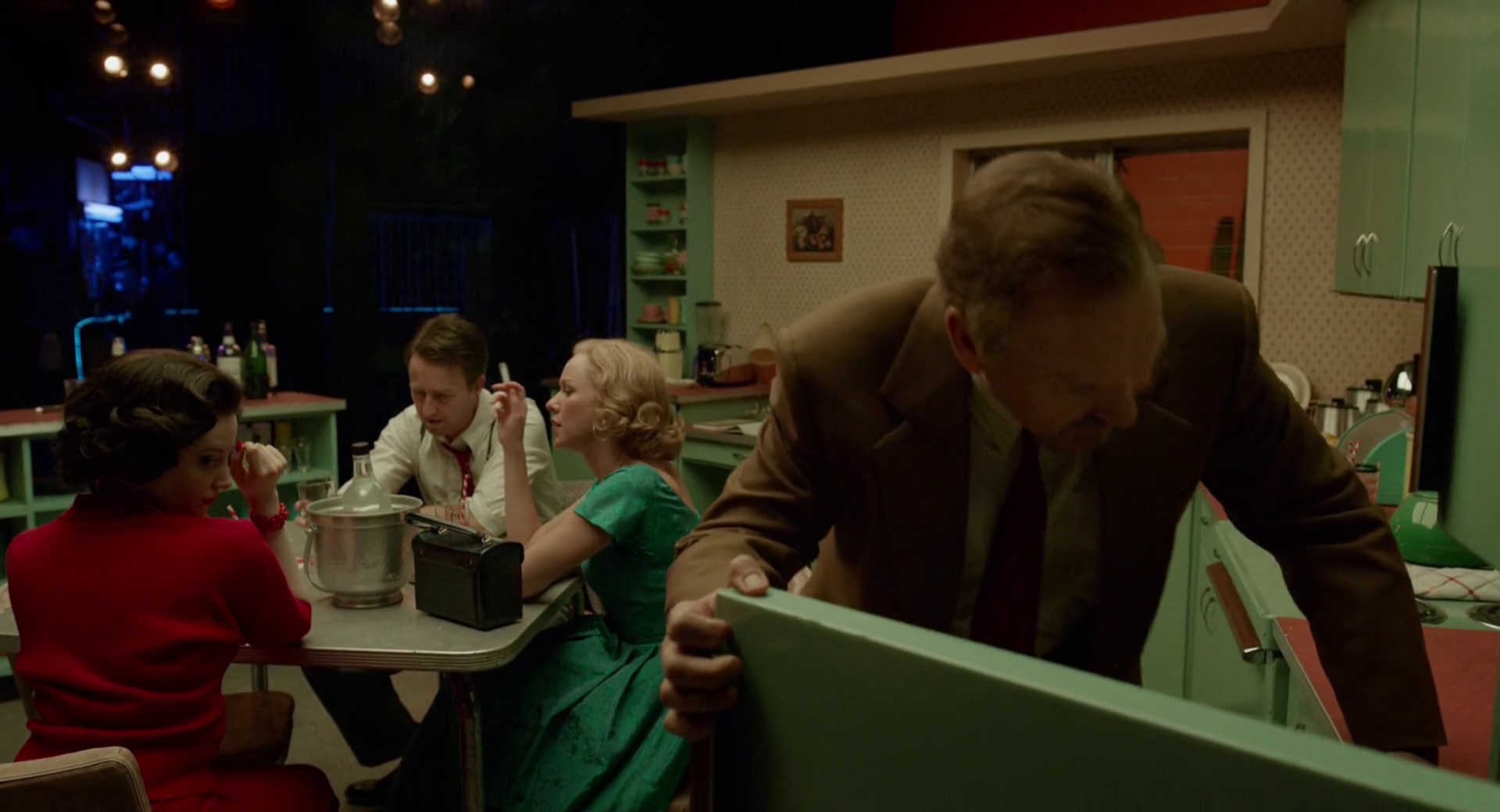Iñárritu's film owes alot to Robert Altman's Short Cuts, from which it borrows many ideas that were pregnant but not fully realized in his film. Iñárritu also makes a much better film that pays real respect to Raymond Carver's work.xxxxxxxxxxxxxxxxxxxxxxxxxxxxxxxxxxxxxxxxxxxxxxxxxxxxxxxxxxxxxxxxxxxxxxxxxxxxxxxxxxxxxxxxxxxxxxxxxxxxxxxxxxxxxxxxxxxxxxxxxxxxxxxxxxxxxxxxxxxxxxxxxxxxxxxxxxxxxxxxxxxxxxxxxxxxxxxxxxxxxxxxxxxxxxxxxxxxxxxxxxxxxxxxxxxxxxxxxxxxxxxxxxxxxxxxxxxxxxxxxxxxxxxxxxxxxxxxxxxxxxxxxxxxxxxxxxxxxxxxxxxxxxxxxxxxxxxxxxxx
Birdman is a good film, an interesting film with a unique vision that suits Raymond Carver perfectly, even uncannily. More specifically, its the seemingly endless single-cut and the oppressive claustrophobia it creates, the jazz soundtrack and the slapping of the bass that accompanies so much of the movement of the film and aides transitions, the casual interweave of multiple plot-lines within the context of the Broadway playhouse, and, most importantly perhaps, the unification of these plot-lines around the staging of Raymond Carver's short story What We Talk About When We Talk About Love come together to really fulfill the ambition of realizing on screen some key aspects of Carver's work. And while each of these elements certainly owes something to Iñárritu's own invention, what may not be obvious, is just how much it owes to Robert Altman's Short Cuts1.
The seemingly endless cut without edit and the oppressiveness this creates owes everything to Altman's film, which was a three hour marathon of a film. Based, like Birdman, on a series of inter-connected stories, Altman creates much the same feeling of a single cut by creating the film as a series of quickly moving short cuts between distinct but interconnected narratives. One story is shown for a couple minutes, followed by another story, followed by another for a few minutes and then back again to repeat. Watching Altman's film one feels much the same oppressiveness of time created in Birdman, of the need to accept the fragmented time of the stories' overall development, the need to wait, to get only a short glimpse of one narrative before being able to see the others, before being able to see what will happen next in any of them. We learn, watching his film, to accept the refusal of the emergence of any single narrative and to focus in on just what we're watching, but to feel oppressed by the form of the film and its multiplicity of narratives that, individually refuse to develop in the straightforward, linear way that we expect. This is precisely what Birdman makes explicit. What is only a feeling that emerges from the way in which Altman makes his film, becomes the actual form of Iñárritu's: a single endless cut that forces the multiplicity of the films stories to conform to the time of movement of the single emergent temporality.
Then there's the jazz music and the slapping cello that defines the Iñárritu's film's movement that is another element borrowed almost directly from Altman's film. The scene, perhaps midway through Short Cuts, when we hear essentially the same slapping cello jazz played in the club is what Iñárritu takes as his 'soundtrack' for Birdman almost directly. More than this though, its the entire idea of associating a jazz soundtrack with a Raymond Carver story that Iñárritu borrows to create what many have no doubt commented on as being the unique character and atmosphere of the film, what gives it its cool and its soul.
But Iñárritu manages to transcend his inspiration: the idea of making Birdman center on the production of Carver's short story What We Talk About When We Talk About Love, is, in fact, the unspoken, but never realized culmination, of Altman's film. Watching it today, after having seen Birdman, it is clearly a glaring omission, as Altman's film culminates in the dinner party at the doctor's house at the end of Short Cuts and, just ends. As we reach the final quarter of the film and plans start to be made for the dinner it seems perfectly natural that the dinner will be a re-enactment of the short story that will bring together the entire film. You expect this to happen. But when it doesn't, and they play dress up, get in the hot-tub, drink pina colada's (rather than the gin and tonic's of Carver's story), burn the fish, and stay awake all night without talking about much of any real consequence one wonders 'what happened, where is the scene?'. Fair enough, this is typical Carver as well (albeit a reinterpreted version): desire that is never fully realized. But there is something clearly missing in Altman's film that Iñárritu had the ability to see, a lacking that he filled.
So, what we are left with now is not two films, each a distinct attempt at realizing in cinematic form the uniqueness of Raymond Carver's America, but a single hybrid film in which each film today refers to its other and is never able to really exist entirely on its own as a result. And so while Iñárritu is able to do the one key thing Altman failed to do, he isn't able to entirely transcend Altman either, as he remains forever linked to the source material that gives his entire attempt its definition. Perhaps this gives new meaning to Birdman's subtitle 'The Unexpected Virtue of Ignorance'?
Footnotes
